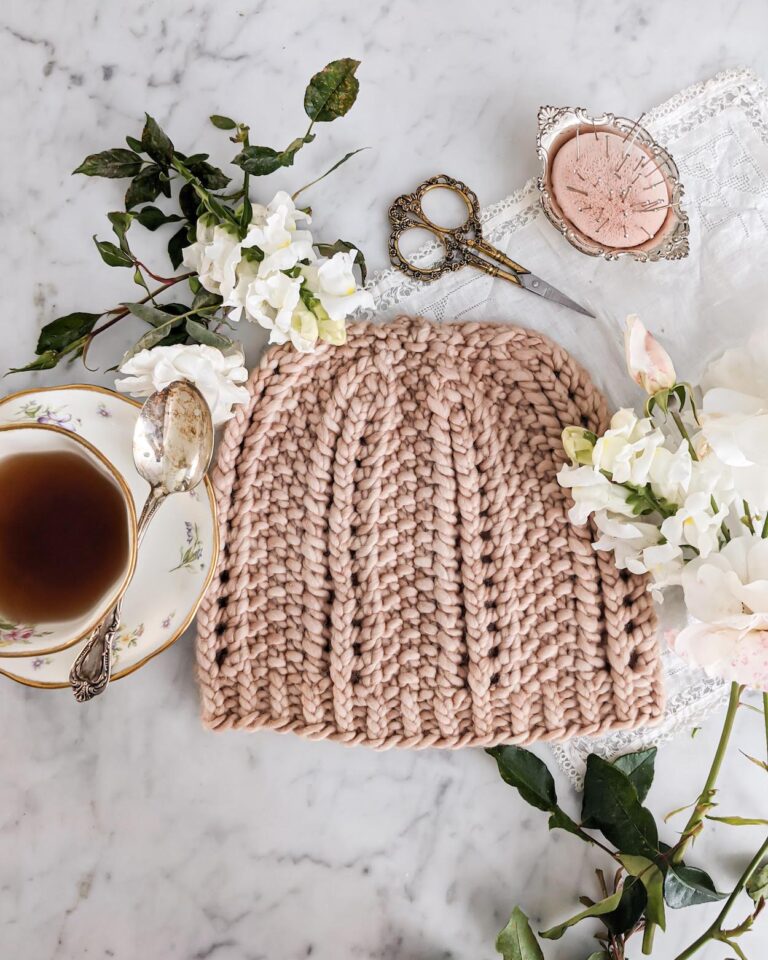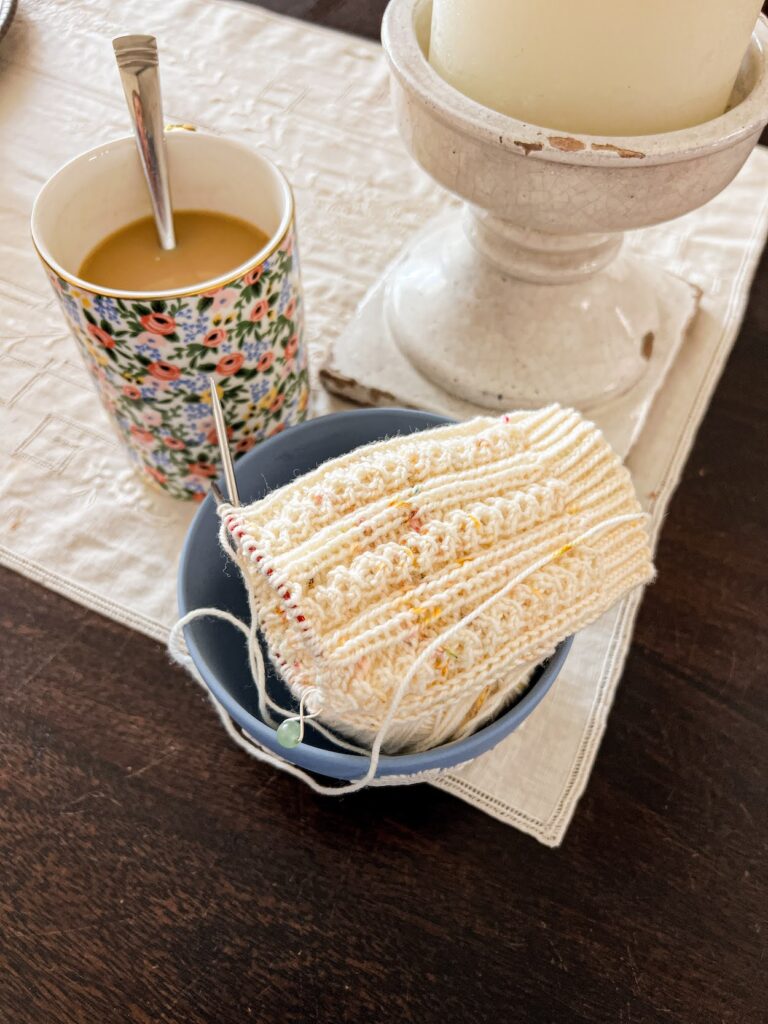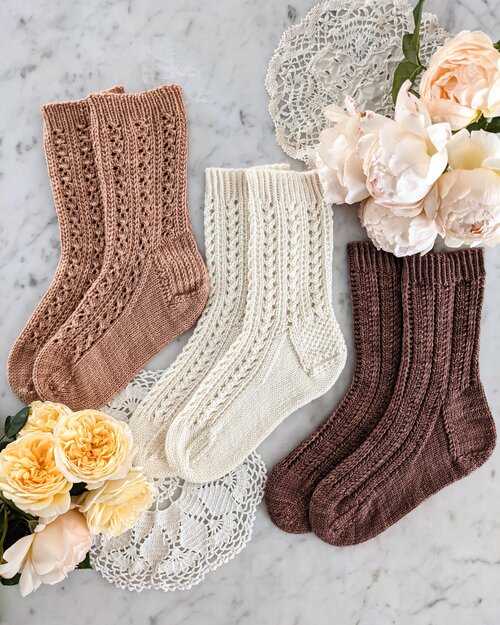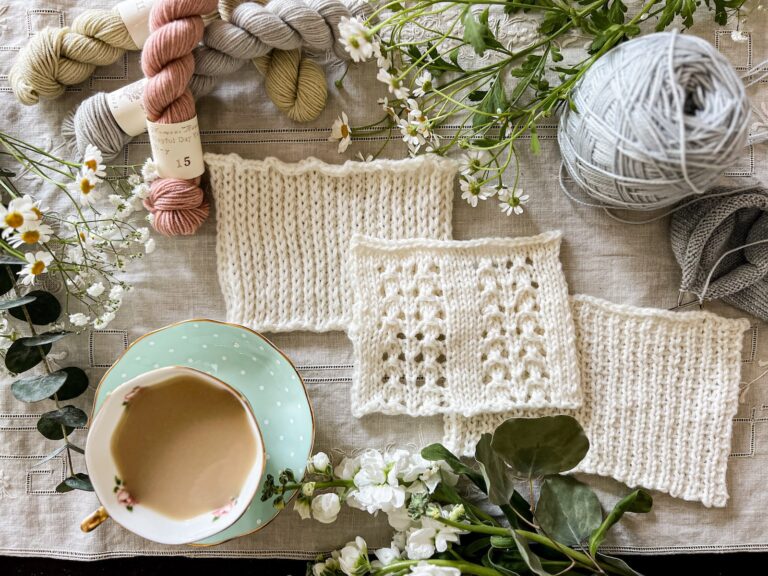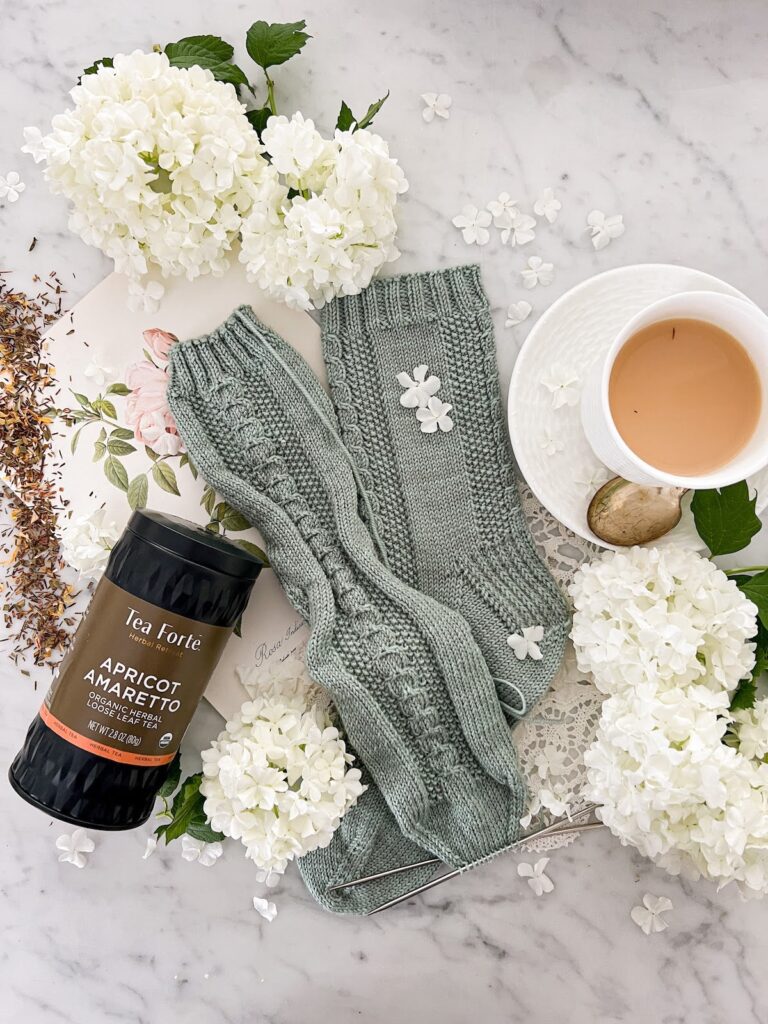I recently returned from a springtime trip to Boston. As you might expect if you’re familiar with the area, it was cold. And wet.
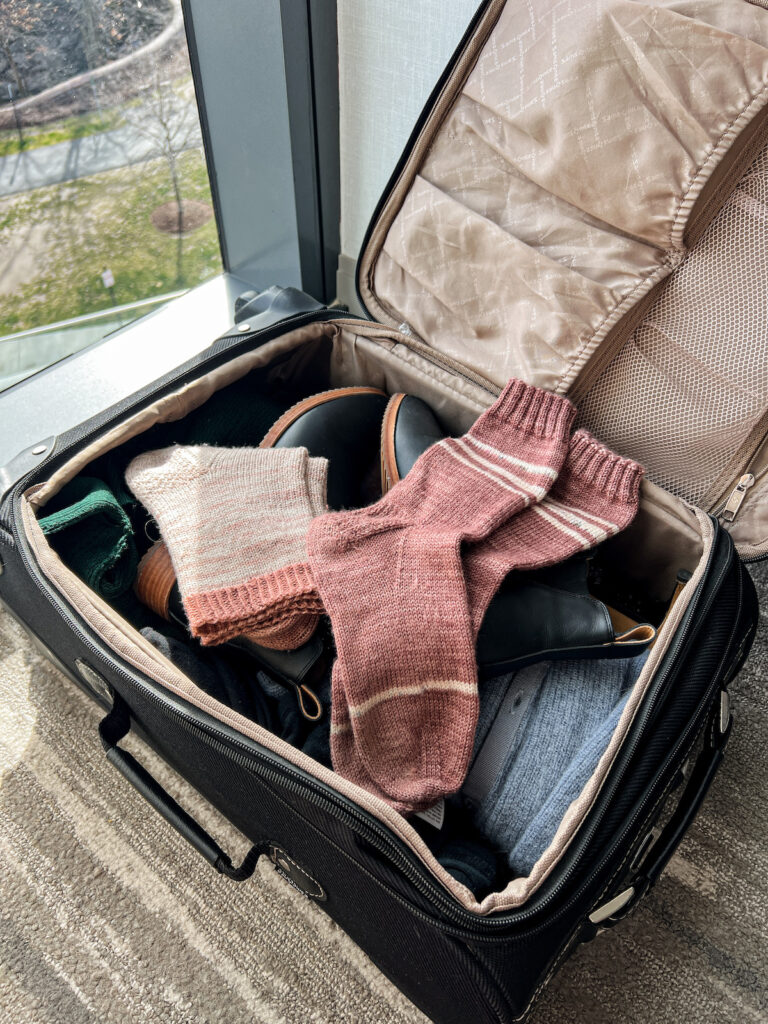
Luckily, I had packed my handknit socks. I’ve written before about how much I love wool socks, but this trip really sealed the deal for me. My toes stayed warm, cozy, and snug even in the snow (yep, it snowed on April 4).
But there are also a couple factors in traveling with my cozy socks that I don’t encounter at home. For one, city living means more walking and more grime than my socks are usually exposed to. For another, staying in a hotel meant I didn’t have access to my usual laundry equipment.
So I had to spend some time thinking about how I was going to take good care of them. Here are some tips and tricks in case you, too, are taking your handknit wool socks on the road.
This post contains affiliate links, which means if you choose to buy something through those links, I’ll receive a small commission at no extra cost to you. I will always identify affiliate links for you. Thanks for supporting my work!
First: some general rules for sock care
Seasoned sock knitters have learned that no matter where you’re washing your socks, there are some golden rules you should always follow, especially if your socks are knit with wool. If you’re newer to the sock knitting world, though, there might be a few things that could catch you by surprise. Let’s cover those before we dig into special circumstances created by travel.
First, it’s a good idea to always wash your handknit socks in cold water or lukewarm water. This will keep them from felting (especially if you have knit yourself merino wool socks) and will help keep the color from fading.
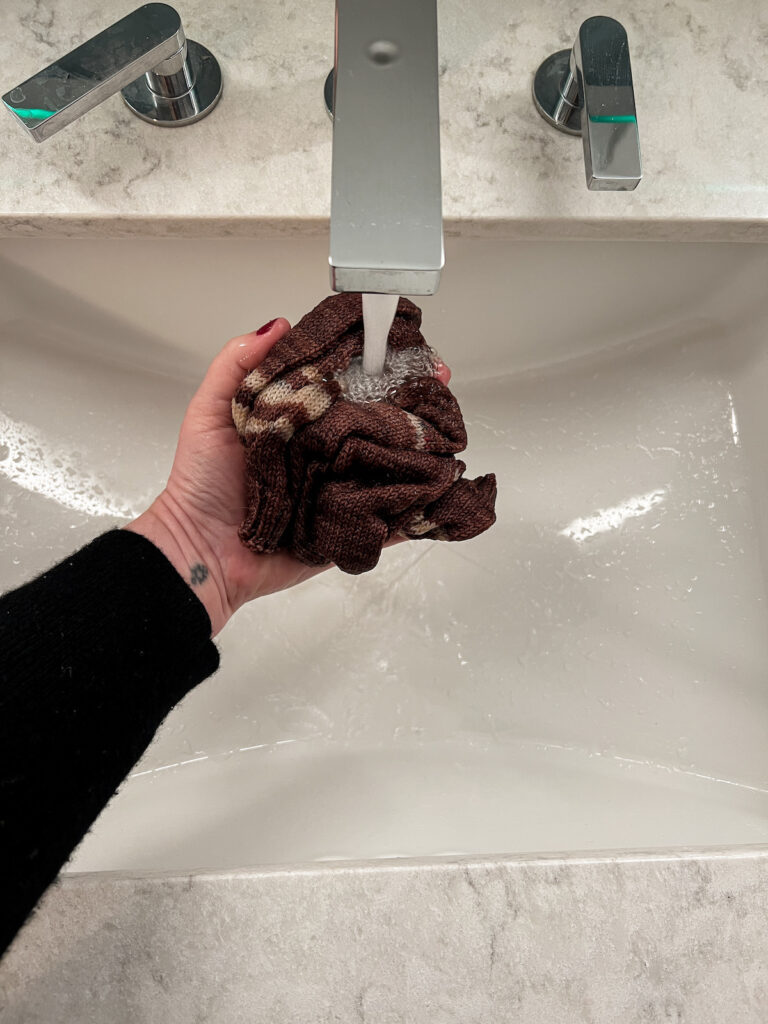
I prefer hand washing for my knit socks because it’s the easiest way for me to control the process. However, if you want to put your socks in the washing machine, you can probably do that if they are made from either (a) superwash wool or (b) a non-animal fiber. Just be sure to use the gentle cycle (some machines have a wool setting, which can also work). Popping your socks in a lingerie bag can also help protect them. A note of caution, though: if you’re using an unfamiliar machine or one of the very strong machines at a laundromat, you may want to avoid the risk and just wash by hand.
Be sure to use a mild detergent to remove anything soiling your socks. Your regular laundry detergent might be too strong. Check out Soak, Eucalan, or other washes specifically formulated for wool items. These gentle detergents will be less likely to damage merino fibers and other types of animal-based yarns. Fabric softener isn’t necessary and can even damage merino wool fibers.
When you wash socks, be sure to set them somewhere to dry that is away from direct sunlight. Again, this will help keep your socks from fading (especially if they have bright colors) and will also prevent the fibers from unnecessary degradation caused by exposure to light.
Get creative with where and how to wash your socks
So let’s talk about some of the challenges I faced when traveling with a few pairs of socks that I had knit. First off, I noticed that my socks picked up a lot more dust and grime around the city than they normally did while just wearing them at home. That’s to be expected.
The important thing is to not let the city grime sit too long on your socks. The longer it sits, the harder it’ll be to remove.
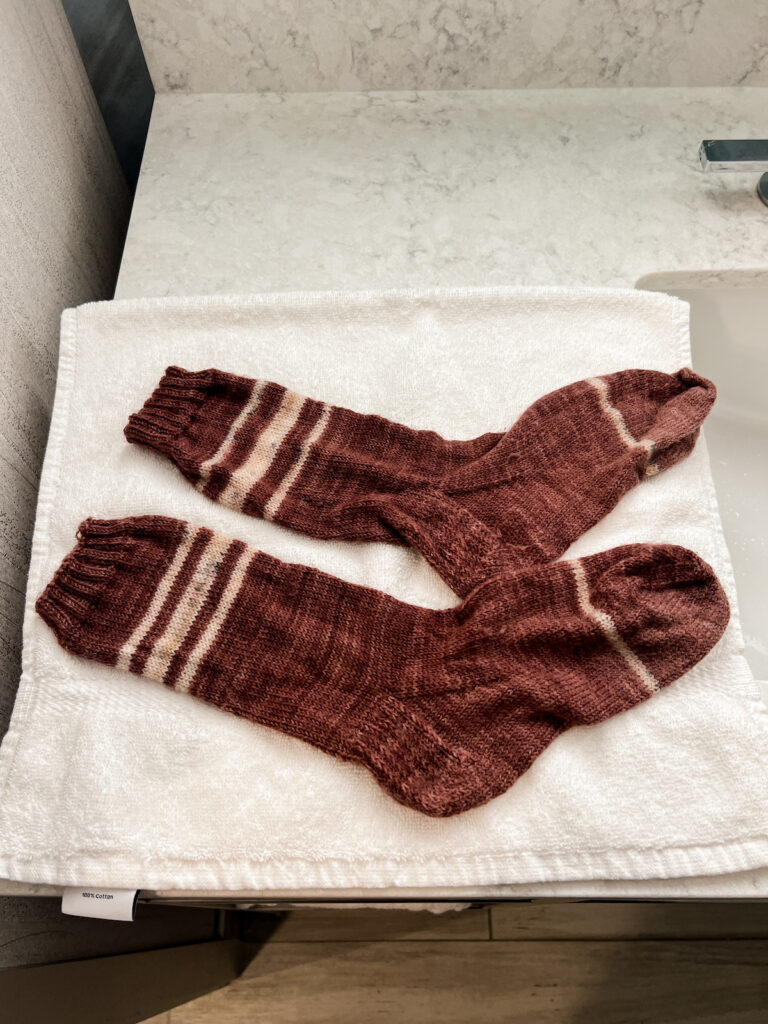
When I travel with my handknit socks, I like to bring a few different pairs and rotate them. That way, I’ve always got at least one clean pair to wear and at least one pair that’s drying for the next day. Remember: this isn’t home, and you won’t have a full sock drawer to pull dry socks from. You need to think strategically about timing.
What about washing locations? While you might have access to a washing machine if you’re in an Air BnB or some hotels, odds are high you’ll be handwashing your socks. You can wash your socks in the sink in your hotel bathroom. Remember, use cool water, not hot! If you’re flying and can’t bring large bottles of detergent with you in your carry-on bag, you can get these little packets of wool wash by Soak (affiliate link) from Knitpicks. You can also use hotel shampoo (I usually just do that).
Take advantage of hotel amenities to dry socks
One of the great things about staying in hotels is the abundant supply of towels and hangers. Take advantage of this! I like to roll up my freshly washed, still-wet socks in a spare, dry towel to squeeze out the excess water. Stepping on that rolled up towel can really get out every last bit of moisture. Then, I shape them and either lay them flat to dry, if there’s a space to do so, or drape them over a hanger. You don’t need to use sock blockers.
At home, I like to dry my socks on a drying rack. Some hotels will have a small drying rack in the bathroom or closet, but this is less and less common as fewer people wear stockings and other delicates on a regular basis. That’s why I recommend a hanger, which will perform a similar function.
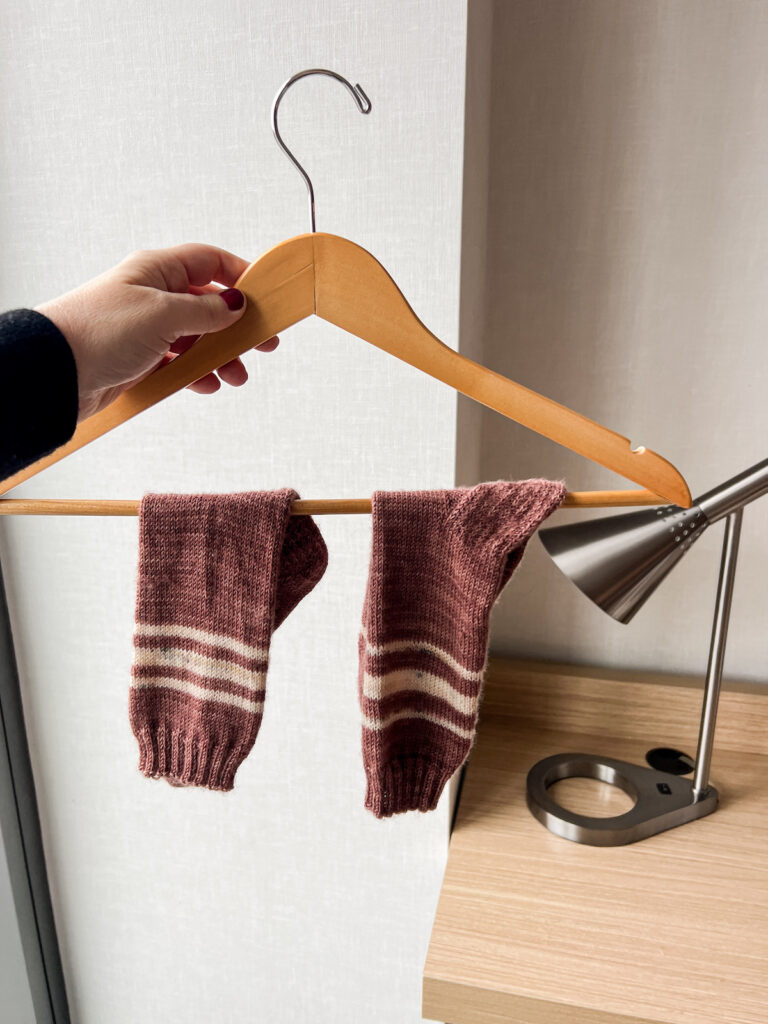
When drying socks on a hanger, you can sometimes hang them near an air vent to help speed the process, but be careful around heat sources. I hung my socks from a lamp in our room, but I *did not turn on the lamp.* Our goal here is not to start a fire by exposing our hand-knit socks to high heat as they dry!
Try to minimize wear at pressure points
I know that, because of the way I land when I take a step, my socks get a lot of wear and tear at the outside edge of the heels. Sometimes, that’s just unavoidable, and I make peace with knowing I’ll have to mend my socks eventually.
But there are also ways to reduce the wear and tear, sometimes. I wore boots on particularly wet days, but when it was dryer, I wore my Birkenstock clogs (affiliate link) around town. They leave me with lots of room in the toes and no friction against my heels.
Again, not all friction can be avoided, and no friction can be avoided forever. If, for example, you tend to wear out your socks at the balls of your feet, there’s not really much that can be done. Socks are meant to be used, and the process of using them will eventually wear them out. Even so, a little creativity might be able to prolong your socks’ lives a bit.
If you’ve worn out your favorite pair of socks, though, I have a free pattern that might help you replace them. Any excuse to knit more socks, right? Right.
Wearing your hand-knit socks on vacation can involve a little more planning than just wearing them at home, but with a little thought and the right care, you’ll make sure you always have a couple clean pairs on hand. Travel is stressful enough. No need to add cold toes to the mix.
P.S. – Want to just have the key points of this blog post boiled down into a simple video? I’ve got you covered.
@abeeinthebonnet I took my handknit socks on the road last week and was really pleased by how well they did the job. I wore them with both clogs and boots, and I stayed cozy the whole time. But wearing them around a busy city also meant they got exposed to more dirt and grime than they do at home. I had to keep them clean somehow. Staying in a hotel meant I had less space and fewer options for cleaning my socks than I usually do at home. Here is a quick guide to taking care of your knit socks while you travel, in case you find yourself in a similar situation. ##knittok##knittersoftiktok##knitting##yarnlovers##beginnerknitter ♬ Pieces of Redemption – Carlos Carty
Let’s stay connected!
Join my newsletter for 30% off all new releases, regular updates with helpful tips and tricks, first crack at registration for upcoming workshops, exclusive discounts, and more.
Join the A Bee In The Bonnet Facebook Group to participate in knitalongs and other fun community events
Come hang out with me on the A Bee In The Bonnet TikTok
Follow along on the A Bee In The Bonnet Instagram
Get inspired via the A Bee In The Bonnet Pinterest


